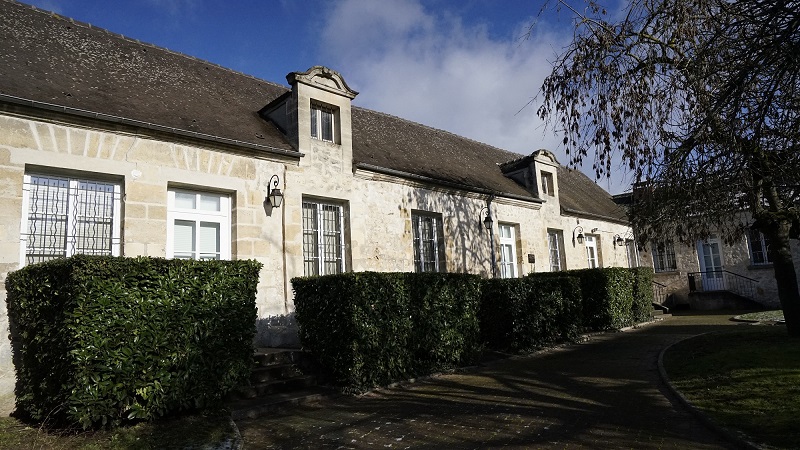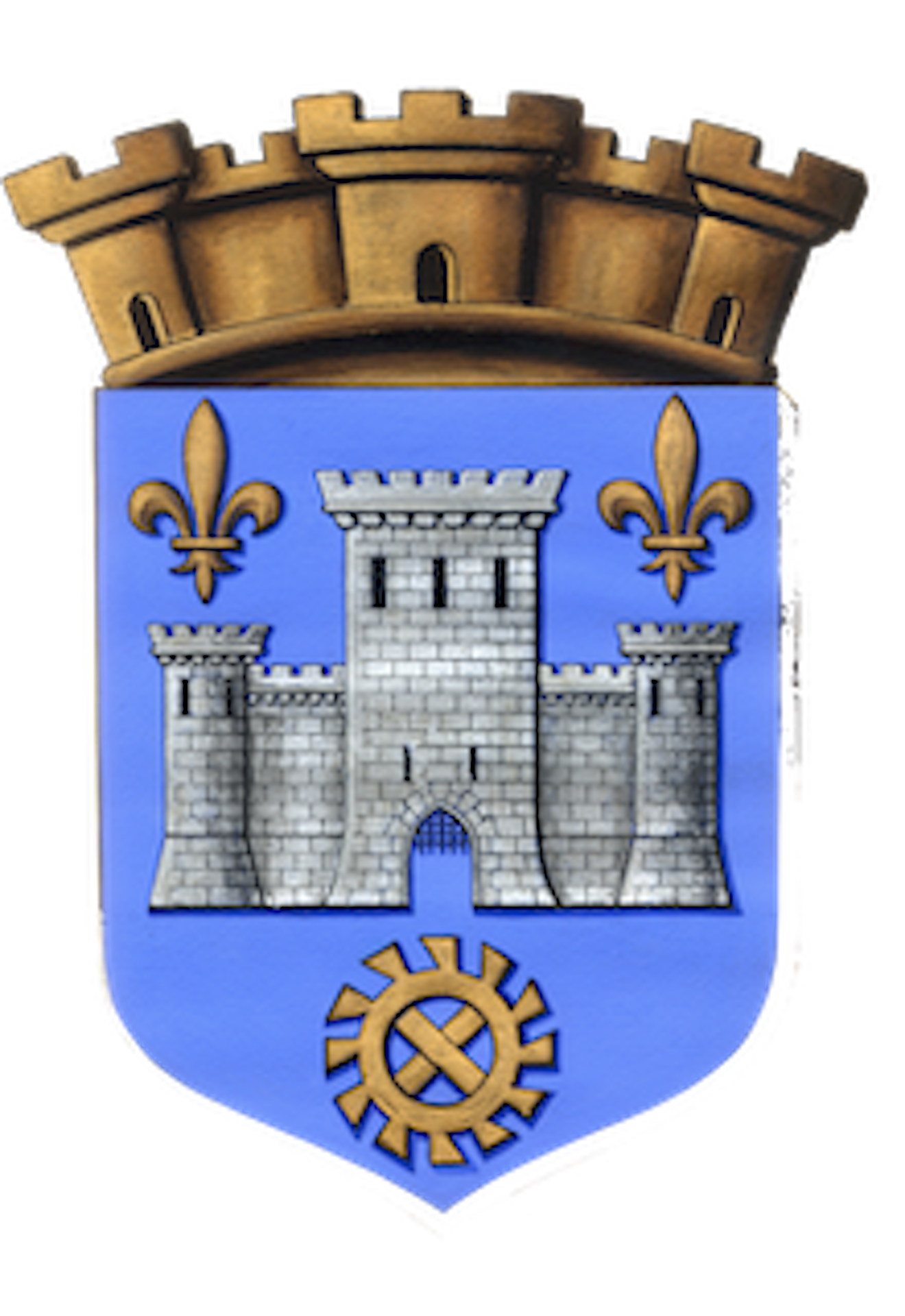Informations directionnelles
Continuer dans la rue de l’hôtel-Dieu. Au croisement prendre à gauche dans la rue de l’église. Aller jusqu’à l’ancien presbytère un peu après l’église.
Prochain point : lat="49.16071" lon="1.9397"
SALLE DE L'AGE D'OR
From hospital to school
A former hôtel-Dieu …
In the 14th century, Pierre I d’Aumont, Lord of Chars, founded a hostel to “house and clothe poor beggars”, the hôtel-Dieu. This generic term has been used since late in the Middle Ages to describe the main hospital in towns and cities. The hôtel-Dieu is made up of a chapel and a lodging about 30 metres long with six rooms arranged along a corridor. The buildings open out on a courtyard and a garden. In the sixteenth century, an altarpiece featuring a decorative foliage frieze was installed in the chapel. The altarpiece is now on display in the Tavet-Delacour museum in Pontoise, thanks to a donation.
The sick and residents of Chars were not the only ones to be taken care of. The hôtel-Dieu also provided aid to pilgrims and travellers. The Lord of Chars appointed the doctor and selected three administrators from among the worthies of the Barony of Chars. Goods in kind came to the hôtel-Dieu from the land and tithes, including wheat, hay, barley, wine, and more.
…and a girls’ school
The hôtel-Dieu also paid for primary schooling for poor children, and this building housed a girls’ school in the 17th century. The teachers were Benedictine nuns from the convent in Paris, a role later taken over by the Sisters of Providence in Portieux. Education was far from universal in France up to the end of the 19th century. Few families could afford to pay to send their children to school or to do without their labour to make ends meet. At the time, primary schools taught reading, writing, arithmetic and catechism.
Then the Jules Ferry law, enacted on 28 March 1882, reformed the school system. It introduced mandatory primary education and established free public schools in every village. Although public schools were staffed by lay teachers, parents could still opt to enrol their children in private schools or to home-school them. Religious education was replaced by “moral and civic instruction”.




